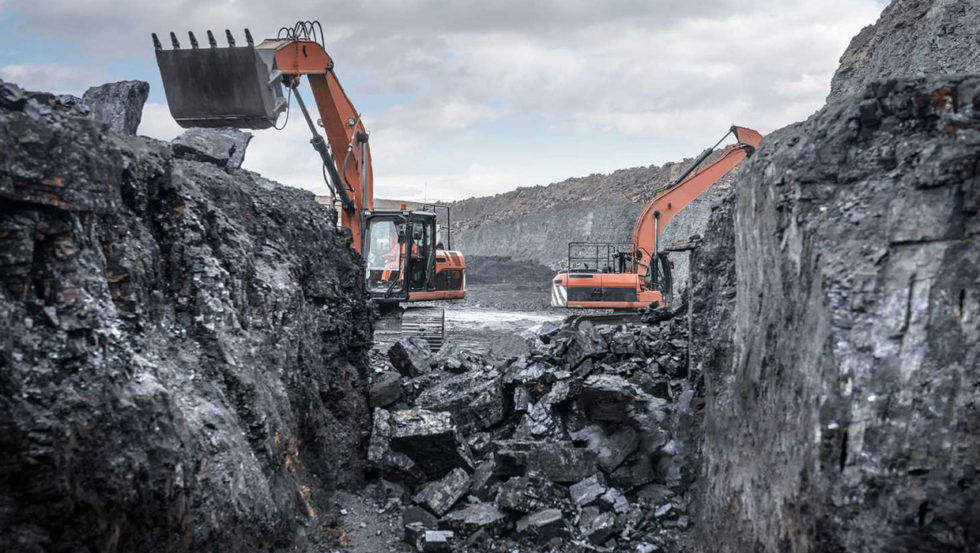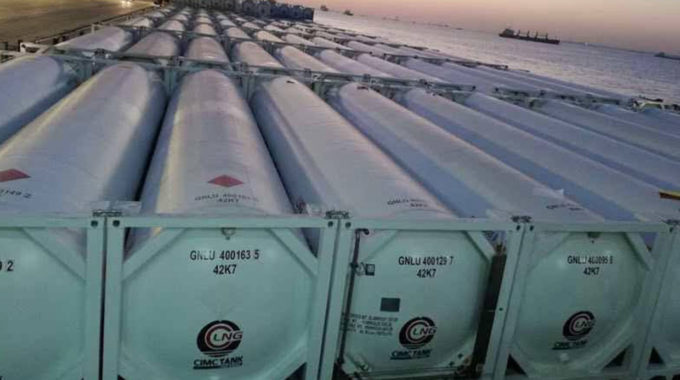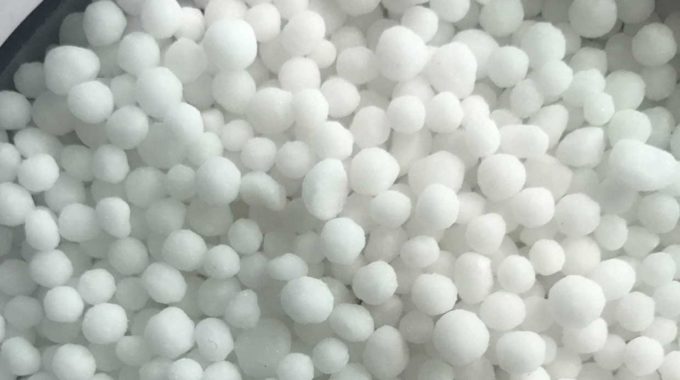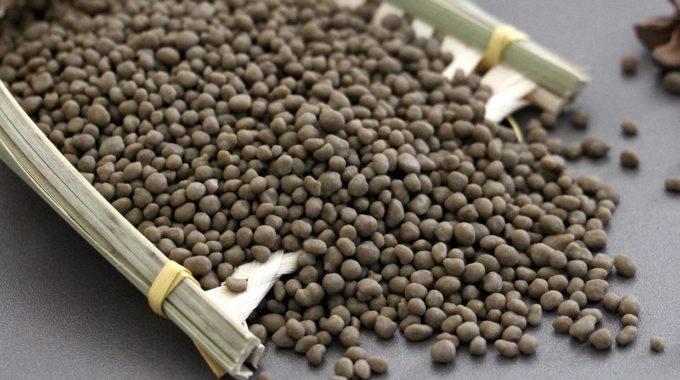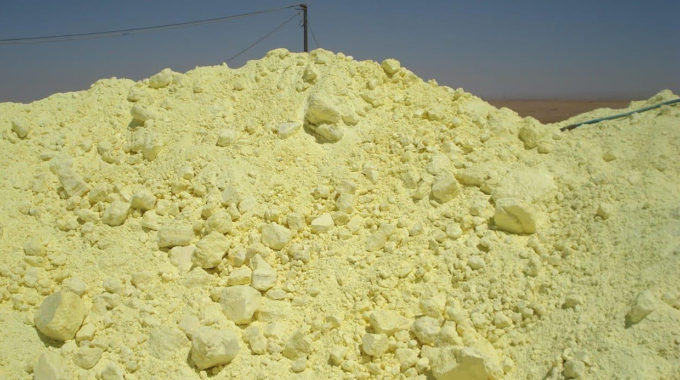A tank container or tanktainer is an intermodal container for the transport of liquids gases. It is built to the ISO standards, making…
GILSONITE
Gilsonite (also known as Uintahite, Asphaltum or Asphalite) is a naturally occurring soluble solid hydrocarbon, a form of Asphalt (or Bitumen) with a relatively high melting temperature.
It is a Solid Mineral Bitumen which is categorized by geologists as Solvable material in oil solvents such as CS2, TCE & CCL4.
Solid Bitumen including Gilsonite goes by different names across the globe depending on the local names given and the industry which is the main consumer of natural bitumen. Below is an overview of the different names given to the Natural Bitumen:
- USA: Gilsonite, Uintaite or Uinitite
- Canada: Albertite
- Latin America: Asphaltite or Asfaltita
- Trinidad: Lake Asphalt
- China: Bituminous Rock, Pyrobitumen
- Middle East & India: Natural Asphalt, Asphaltum
How Gilsonite is formed:
Gilsonite formation routes to its origin which is crude oil. Basically Gilsonite is formed when a protopetroleum deposit (Protopetroleum is an intermediate product in the natural formation of petroleum from organic debris. It is trying to elevate to the surface and solidifies within the cracks and under pressure for millions of years). This transforms over time to become solid shiny black sources of Hydrocarbons.
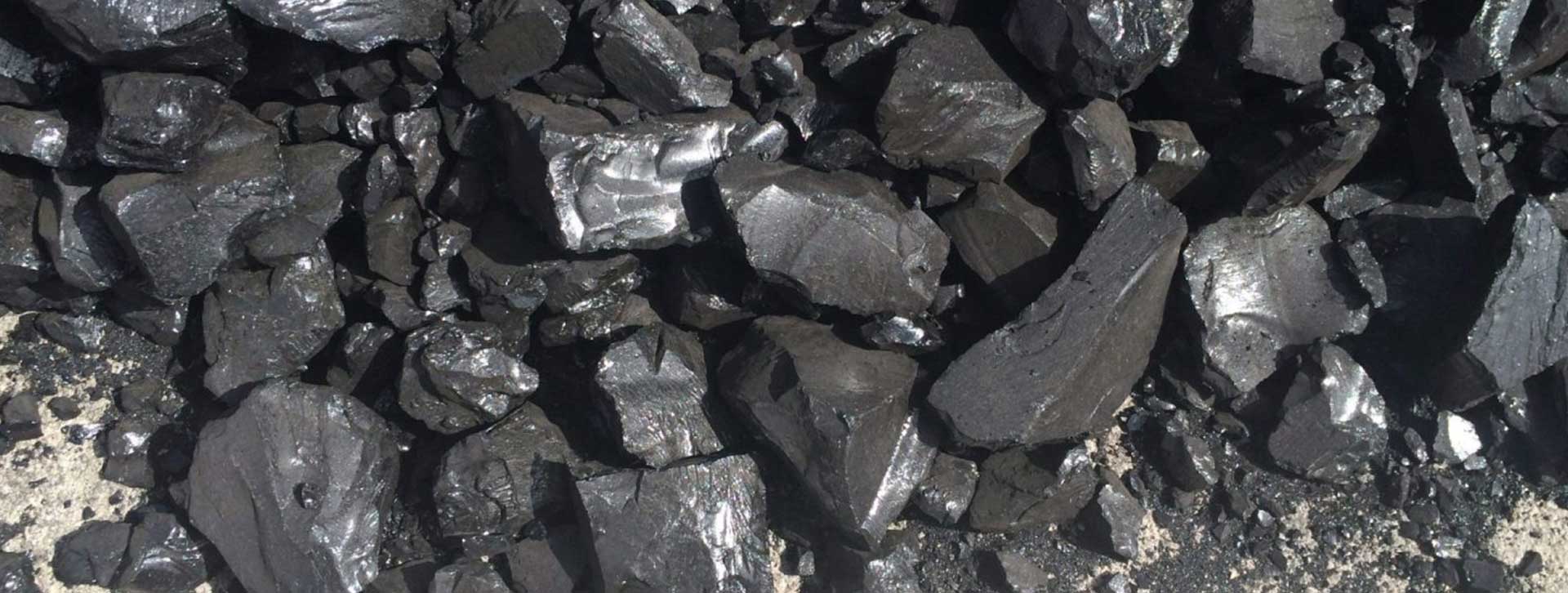
Gilsonite Productions:
Gilsonite has a wide area of application depending on the specifications. While it has superior advantages too many substitute materials (for example sea coal in Foundry) as it is originated from Crude Oil. Unlike Pyrobitumens and many aromatic or aliphatic components, it exists within the Natural Bitumen Molecular Structure.
The key to applying and taking advantages of these superior characteristics is based on knowing the conditions of Blend & Formulation of the product as an additive/raw material in each application from Oil Drilling and Foundry to more delicate ones such as Inks, Paints & Stains.
History of Gilsonite:
Gilsonite was discovered in the 1860s. By 1888 Samuel H. Gilson had started a company to mine the substance, but soon discovered the vein was on the Uintah and Ouray Indian Reservation. Under great political pressure the US Congress removed some 7,000 acres (28 km2) from the reservation on May 24th, 1888 to allow mining to proceed legally. Gilsonite mining became the first large commercial enterprise in the Uintah Basin, causing most of its early population growth. Although the substance has been historically mined in the US, resources are being discovered and mined more recently in other countries such as Colombia and Iran. Gilsonite is mined in underground shafts and resembles shiny black obsidian. Discovered in the 1860s, it was first marketed as a lacquer, electrical insulator, and waterproofing compound. Mining Gilsonite during World War II was manual, using a six–pound pick then shoveling the ore into 200 lbs sacks, which were sewn by hand (Fig 2: Please refer to applications and grades of Gilsonite).
In 1949 at the Parriette Gilsonite mine near Myton, Utah, Reed Smoot McConkie set the world record for ore mined by hand. Using his pick and shovel, he mined 175 bags of ore in eight hours, 950 bags in a six–day week, 1925 bags in a month and 15,000 bags in one year. Gilsonite–brand uintahite’s earliest applications included paints for buggies and emulsions for beer–vat lining.
Composition:
Gilsonite is categorized as a soluble material in oil solutions such as carbon disulphide or TriChloroEthylene (TCE). A major component of Gilsonite is carbon; it also contains several other elements including Nitrogen and Sulfur and some volatile compounds.
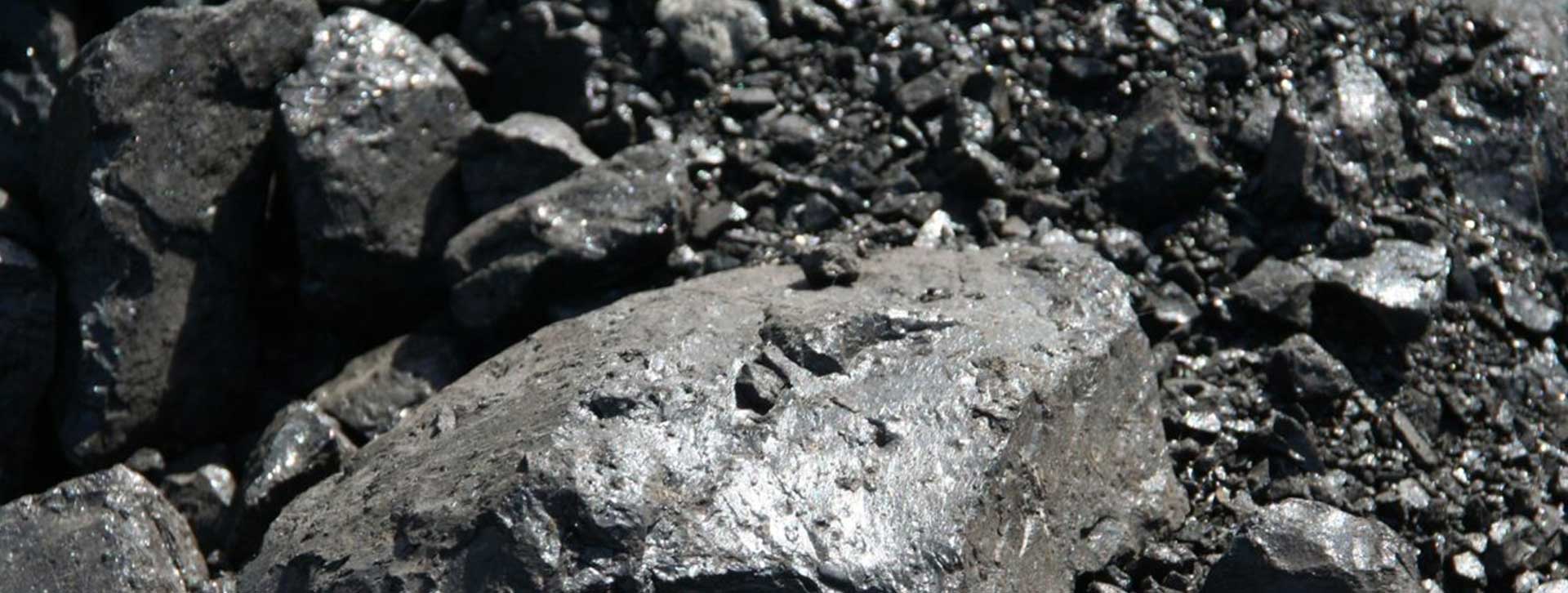
Gilsonite and Its Uses:
Gilsonite is used in more than 160 products, primarily used in:
-
- Dark–colored printing inks and paints,
- Oil well drilling muds and cements,
- Asphalt modifiers,
- Foundry sand additives,
- A wide variety of chemical products.
- A common application of Gilsonite is in bitumen blending (Dilbit – Diluted Bitumen). This application is practiced in countries such as China, India and Iran. It is known as Asfaltitin Turkish and it is burnt in Silopi, a coal fired power station in Turkey.
Classification of Gilsonite:
Gilsonite is classified as one of the Asphaltites, which are natural asphalt like substances. It is characterized by their high softening points (Above 110 °C). Glance pitch and Grahamite are other members of this group. The non–mineral constituents are almost completely soluble in carbon disulfide.
Properties of Gilsonite:
Gilsonite greatly resembles asphalt of which it is considered a species by many authors. Asphalt readily becomes softened by the warmth of the hand or the rays of the sun. However, Gilsonite is not affected by heat below the boiling point of water. It does not have the same melting point, varying widely from about 110ºC (230ºF) to 260ºC (500ºF), depending upon the particular vein from which the sample has been taken. Some of the larger veins contain more than one type of Gilsonite. Giving evidence of the vicissitude that has affected the material during vein filling polymerization and weathering. When fused, it melts like tar and seals out the air that would support combustion. Gilsonite has a melting point of approximately 150ºC (302ºF) up to 220ºC (428ºF).
Natural asphalt or mineral bitumen is a sedimentary rock formed in wide, low–lying equatorial swamps crossed by large rivers and covered by forests of primitive animals. It is the remains of animals saved from biodegradation and oxidation by mud and water. Gilsonite is usually black in color but sometimes it occurs as a brownish–black color. There are four broad ranks or types of Gilsonite depending upon its age. It is commencing with the youngest and lowest carbon content.
Gilsonite is not asphalt if the term “Asphalt” is restricted to its usual and primary meaning. It belongs to the family of substances known as Asphaltites which includes Grahamite, glance pitch, etc. Asphaltites are quite different from asphalt as asphalt is from petroleum, or as petroleum is from natural gas. While Gas, Petroleum, Asphalts and Asphaltites belong to the hydrocarbon series, they each constitute a distinct difference though the overlapping sequence of state in which they composite. Molecular arrangement and other properties seem to vary chiefly with the degree of polymerization or fractionation and the molecular history of the member of the series being considered.
Gilsonite is completely dissolved in the ordinary solvents such as Gasoline or Benzol unless, for instance, it is refluxed with these solvents at a high temperature. This is probably due to the fact that it is highly colloidal and therefore, tends to resist complete smooth solution.
Gilsonite being a natural material varies in composition depending upon its origin, history of formation and the geographical region and the presence of other minerals such as sulfur, phosphorus, and others. So, little wonder Gilsonite does not have a specific composition. In general, it is Hydrocarbon and some of the carbon that will be in the form of volatiles which evaporates readily as in Gilsonite. There is also inert material either mineral or within the carbon which forms ash. Complex chemical compounds are also formed during natural bitumen formation and some of these may have toxic properties. It’s technology is therefore quite complex and important in its utilization. In regards to toxicity and environmental pollution, present day technology is well developed in reducing impacts to within acceptable levels.
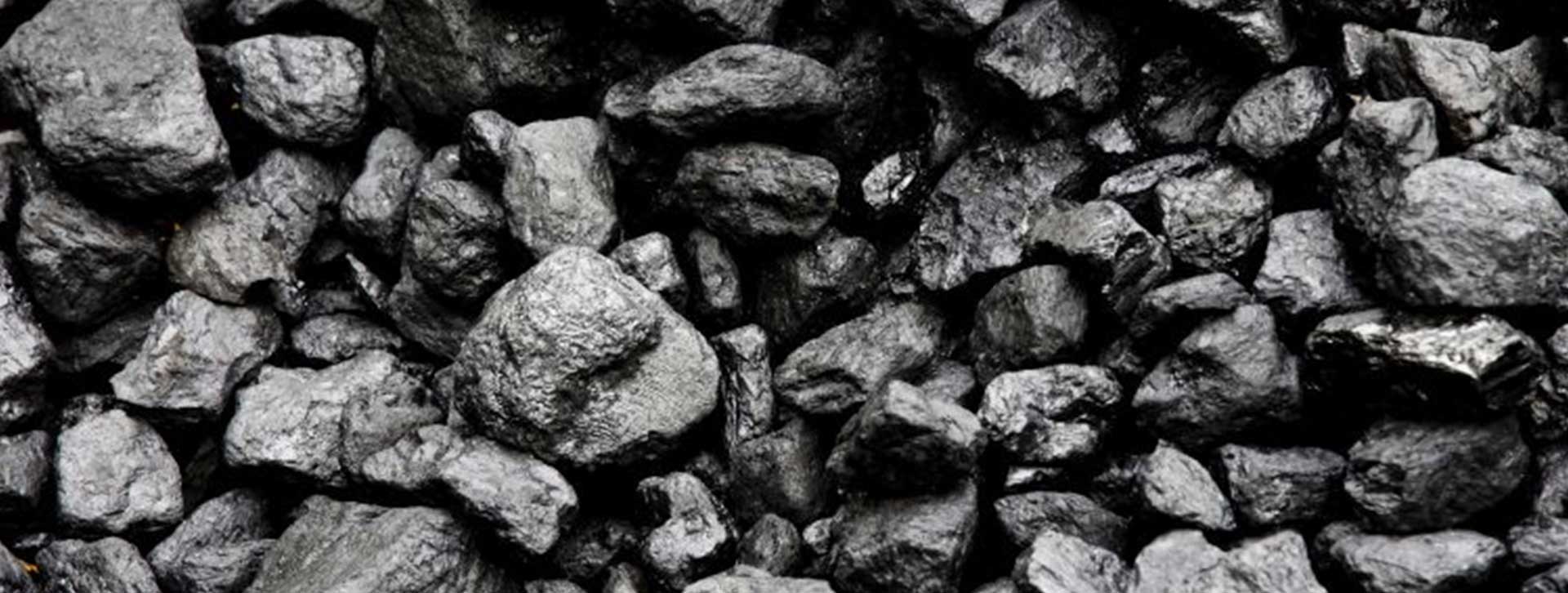
The tests applied to Gilsonite are in many cases the same as those used for asphalt. It is a natural mineral, not a manufactured product, and is, therefore, subject to certain variations. The liquid distillate from the Pyrolysis of solid Gilsonite was treated with sulfuric acid to produce a non–reactive hydrocarbon fraction which was classified as paraffinic. Evidence for Pyridines and Quinolines in the distillate was apparently based on odor alone. There are several hydrocarbon fractions from Gilsonite distillate with many properties similar to those of fractions from crude petroleum. Cycloparaffins (Naphthenes) and olefins were identified as hydrocarbon types. Several Phenols, Pyrroles, and Pyridines have been isolated in the Pyrolytic distillate from Gilsonite. Heavy yellow oil was obtained from un–degraded Gilsonite in yields of 4%–8%. Several aromatic and non–aromatic cuts, the latter predominating, resulted from low pressure distillation and silica gel adsorption of the oil. Substituted Naphthalenes were indicated in the aromatic fractions. Destructive distillation of Gilsonite gave 12 wt% gases, 55 wt% of a liquid Pyrolyzate, and 33 wt% Cokes.
Porphyrin fractions were isolated from ores of two different veins in yields of 0.03% and 0.004% (eg. Deoxyphylloerythreoetioporphyrin). The entire Porphyrin content is present as a nickel complex. The presence of Porphyrins suggests that it is of plant origin (Pyrrole and its derivatives).
Physical and Chemical Characterization of Gilsonite:
- Black color
- Shiny
- Similar in appearance to the mineral obsidian
- Highly brittle and easily crushed into dark brown powder
- Melting temperature between 160 ºC and 220 ºC
- Content of Asphaltene is high
- Solubility in organic solvents are high
- Purity and compatibility are high
- Content of nitrogen is also high
The low specific gravity of Gilsonite powder helps improve its ability to control lost circulation. However, this feature can also cause the additive to separate to the top of thin slurries and slurries containing dispersants. Adding 2% or more Bentonite to the slurry will help prevent separation.
Gilsonite Additive Can Provide the Following Benefits:
When perforated, it is shatter–resistant. It does not significantly affect the setting time of cement. Gilsonite additive can provide higher strength than heavier additives with high water requirements.
Chemical Properties of Gilsonite:
Gilsonite is a complex system of different constituents, made of Hydrocarbons and Heteroatoms. After fractionation of the Gilsonite by specific solvents, four main chemical families are obtained: (1) Saturated, (2) Aromatics, (3) Resins, and (4) Asphaltenes (Please refer to Chart No. 1). The association of Asphaltene sheets (highly poly–condensed pseudo monomers of a carbon black–bone, chemical functions, and heteroatoms surrounded by aliphatic chains) leads to the formation of microstructures or “Micelles”. They can also form aggregates.
It is included in a class of solid Bitumens known as Asphaltites. They are different from other Asphaltites because of:
- Asphaltene content is high.
- Solubility in organic solvents are high.
- Purity and consistent properties are high.
- Molecular weight is high.
- Nitrogen content is also high.
It is available in different grades categorized by softening point. The softening point is used as an approximate guide to melt viscosity and behavior in solution.
Packing of Mineral Bitumen Natural Asphalt Lump and Powder from Micronized:
- Mineral Bitumen in lump form like rock packed in the 500 – 1000/Kg. Jumbo Bag.
- Mineral Bitumen 200 mesh packed in the 500 – 1000/Kg. Jumbo Bag.
- Mineral Bitumen 300 mesh packed in the 500 – 1000/Kg. Jumbo Bag.
- Mineral Bitumen 30 – 40 mesh packed in the 500 – 1000/Kg. Jumbo Bag.
- Mineral Bitumen 100 mesh packed in the 500 – 1000/Kg. Jumbo Bag.
- Mineral Bitumen 300 mesh packed in 25/Kg. pp bag.
- Mineral Bitumen 200 mesh packed 25/Kg. multi – paper bag.
- Mineral Bitumen 200 mesh packed 50/lbs multi – paper bag.
- Mineral Bitumen 30 – 40 mesh packed pp bag on the pallet.
- Bulk on vessel.

